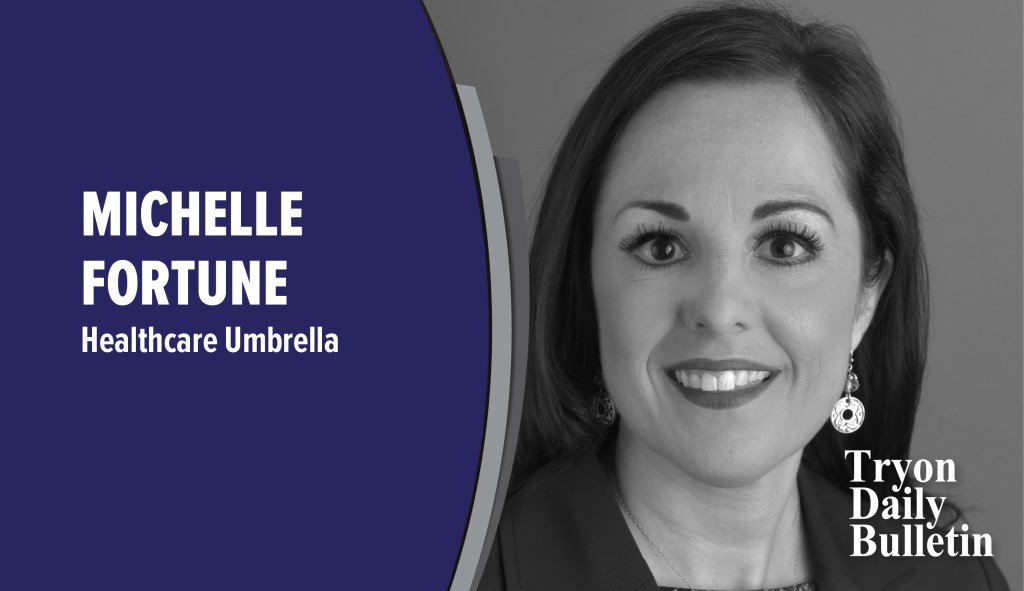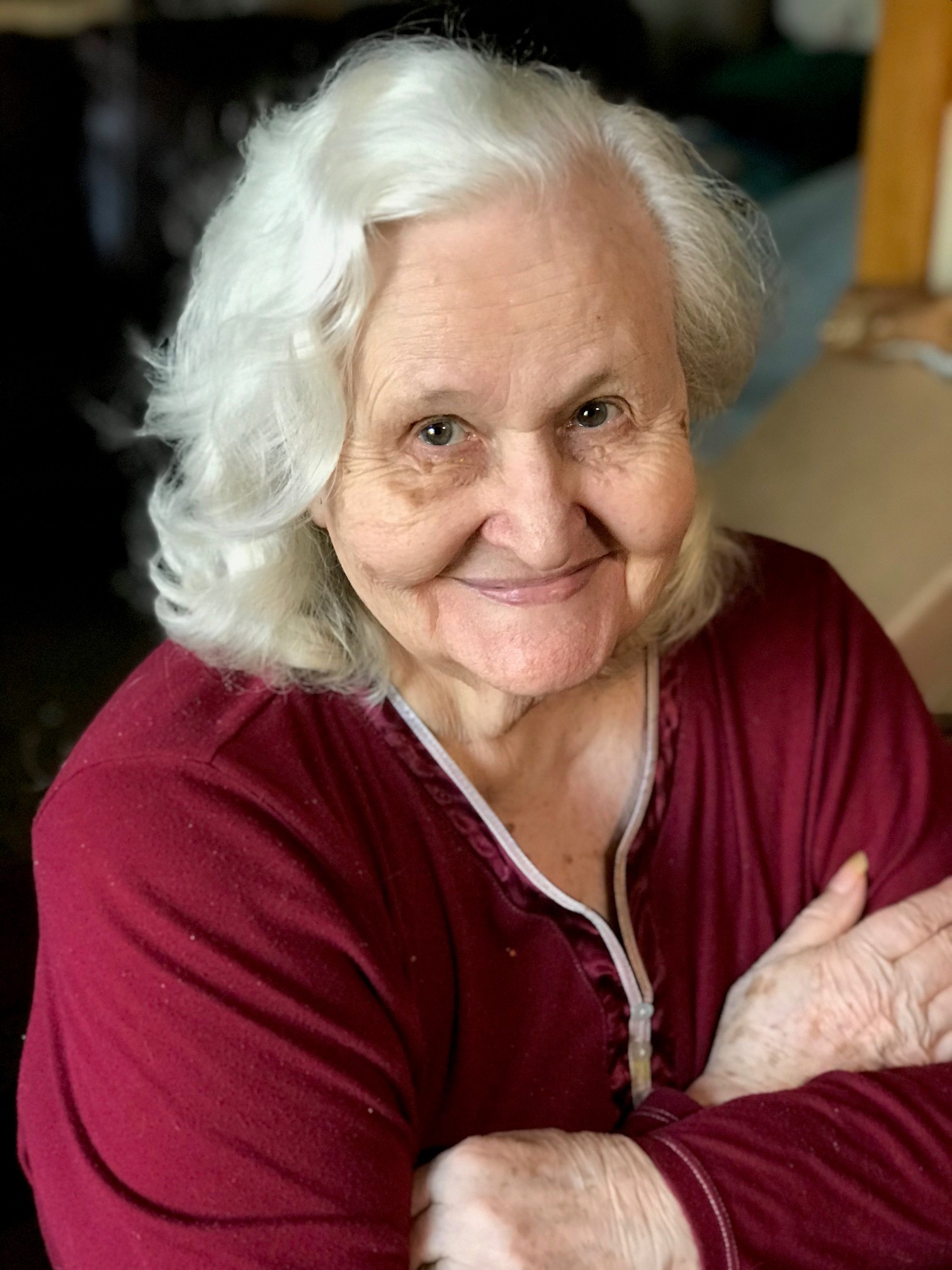Lung cancer screening saves lives
Published 12:05 pm Tuesday, August 15, 2023
|
Getting your Trinity Audio player ready...
|
Lung cancer is the leading cause of cancer death in men and women in the United States, accounting for 25 percent of all cancer deaths.
With numbers like these, screening those at high risk for developing lung cancer could save many lives. Studies indicate that mortality could decrease by as much as 20 percent, saving 12,000 lives or more each year. Currently, 8 million Americans qualify as high-risk.
Before purchasing our Revolution Apex Elite CT, St. Luke’s could not offer lung cancer screening to the community. But with the world-class scanner now online and our staff trained, we began testing late last month.
Trending
Lung cancer screening begins with your family practice provider ordering a screening. After the initial baseline low-dose chest CT scan, there will be a follow-up with Dr. Stephenson or our oncology nurse practitioner, Savannah Hightower, to review your results. Dr. Stephenson reads all scans, and if there is an abnormal finding, he will discuss treatment options moving forward.
The screening at St. Luke’s provides much greater detail and accuracy and is most helpful in guiding treatment for people with a moderate to high risk of developing lung cancer. Our lung cancer screening navigator and team then work with each patient to follow up on results and schedule annual screening follow-ups or actions they and the patient’s provider deem necessary.
The Centers for Medicare and Medicaid Services recommends high-risk patients ages 50 to 77 have this screening. A high-risk person is a current or former smoker within the last fifteen years and has smoked 20 pack-years or more. To determine your pack years of smoking, multiply the years you’ve smoked by the average daily packs. Patients who fall outside of the CMS age guidelines may pay out of pocket for screenings.
You’ll lie on your back on a long table during the screening. You will briefly hold your breath to create a clear picture of your lungs. The table will move quickly through the machine. In less than a few seconds, our scanner takes two hundred-fifty multi-slices that combine to form sixty-four images. Now that’s impressive.
The test is painless, requires no injections, and once complete; you can go about your day as usual.
Our scanner is a “low-dose” CT providing about half the amount of radiation you’ll receive naturally in a year. If your scan shows a suspicious area, you may need additional scans, or invasive tests, such as a biopsy, which may carry serious risks.
Trending
Some lung cancers grow slowly and may never cause harm in your lifetime, and knowing which cancers will cause no damage and which need removing quickly to save your life is challenging. All screening tools are flawed. Lung cancer may be obscured on your screening, indicating that you don’t have lung cancer when you do. There’s also the risk of false positives where the CT detects something that looks like cancer. For example, pulmonary nodules appear as a mass, but most are harmless. In the case of a false positive, you may need an additional test before your healthcare provider can rule out cancer. The scan captures images of more than your lungs and occasionally detects other health issues.
All in all, Lung cancer screening is a safe way to detect lung cancer at its earliest stages when treatment is most effective, which is vital to survival. Your healthcare provider can help you decide if lung cancer screening is proper.






